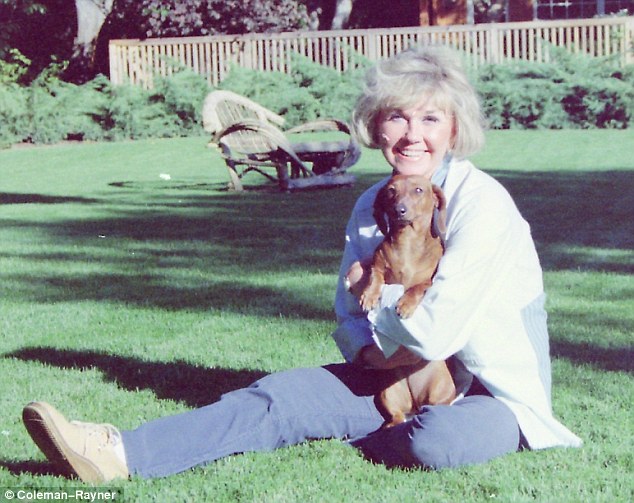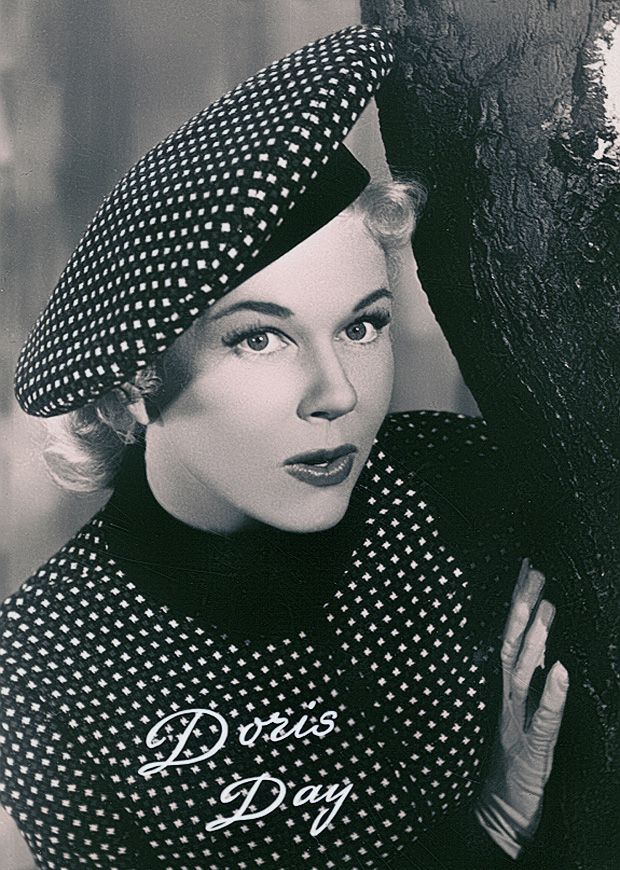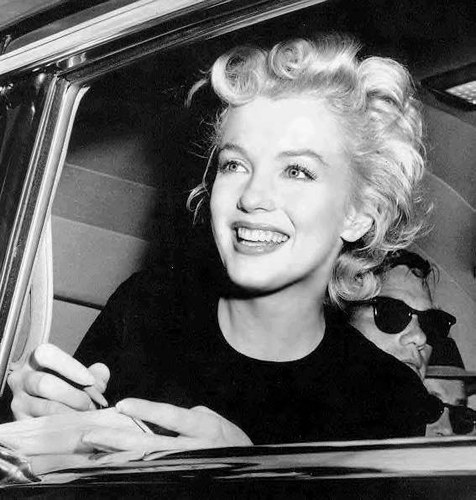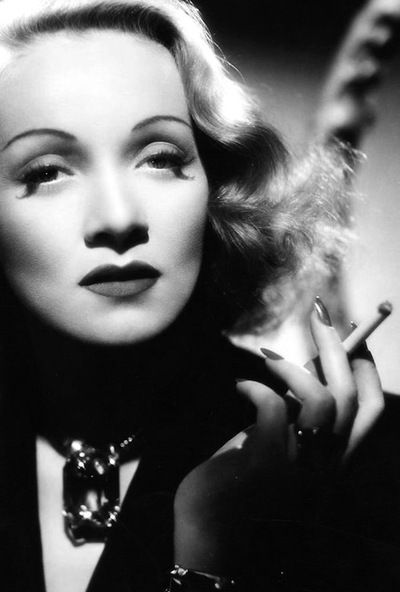Birth: 3 April, 1922
Ohio, United States
Death: 13 May, 2019
California, United States
Childhood
Doris Day was born as Doris Kapelhoff on April 3, 1922 in Cincinatti, Ohio. She was the daughter of William, a music teacher, and Alma, a housewife, and had an older brother named Paul.

Music was a big part of her upbringing and at the age of five Doris started taking ballet and tap-dance lessons. But while Doris was working on her future dream of becoming a professional dancer, her parents’ marriage was unraveling. Her mother found out that her father was having an affair and, despite their Catholic beliefs, the couple divorced when Doris was twelve. Doris would only see her father a handful of times after the split.
Doris was a devoted student, so between school, homework, dance lessons and dance competitions, she had little free time as a teenager. She became a duo with fellow dancer Jerry Dougherty and the pair won 500 dollars in a major competition. Their mothers decided to use the money to move to Hollywood so the kids could study tap dancing at a famous school. But it wasn’t meant to be. On Friday the 13th, October 1937 Doris left a farewell party in her honor and the car she was travelling in with three friends was smashed by a train. There were no fatalities, but Doris’ leg was so badly injured that her dance career was over. She had to spend four months in a leg cast, but during her recovery she slipped and fell and had to spend an additional ten months in the cast.
Finding Her Voice
The downcast, fifteen year old Doris was confined to her bed. But it was a blessing in disguise: her mother heard her singing along to the radio and arranged for her to have voice lessons with vocal coach Grace Raine. As her voice improved, she got her first job: she earned five dollars a night singing in a Chinese restaurant. With Grace’s help, Doris also appeared as a (non paid) vocalist on WLW Radio. Bandleader Barney Rapp was listening and realized that he had found his new lead singer. It was on Barney’s suggestion that she changed her last name to Day, which looked better on marquees. Doris went on the road with the band and started dating their trombonist Al Jorden. After the tour was over, she went on to be part of Bing Crosby and Les Brown’s bands and even recorded several singles.

But Doris was not particularly ambitious and when Al Jorden proposed to her, she quit to be a fulltime housewife. Les Brown, Doris’ mother and even Al’s mother all thought she was making a mistake in marrying him, but Doris refused to listen.
Al was playing with Jimmy Dorsey’s band in New York, so that’s where the couple set up house. But Doris discovered an ugly side to him. He was incredibly paranoid and jealous and became physically and emotionally abusive. After a couple of months Doris wanted to leave him, but then she found out that she was pregnant. She stayed, hoping it would soften Al. But his abuse continued, to the point where he threatened to shoot her and even tried to perform an abortion on her. When baby boy Terry arrived, Doris moved back to her hometown Cincinatti with her son and never saw Al again.
Not even eighteen, Doris was already a divorced mother of one. To make a living, she re-joined Les Brown’s band and left her son in her mother’s care while she went on tour. At the end of 1944 the band recorded the song Sentimental Journey, which would prove to be Doris’ big break. The song shot to number one and was especially popular with servicemen coming home from World War II. Their next single, My Dreams Are Getting Better All The Time, was a number one hit single as well. Doris had the opportunity to make it big, but once again, she fell in love. This time with the band’s saxophonist George Weidler. They decided to quit the band and on March 30, 1946 the pair got married and moved to Los Angeles. Her son Terry was still in the care of her mother, so Doris pursued her career opportunities. She signed with agent Al Levy, who owned Century Artists, and he got her a job singing at a club. She was such a success there that her husband decided he did not want to be known as ‘Mr. Doris Day’ and filed for divorce. Doris was blindsided and tried to salvage her marriage, but to no avail.
Doris Takes Hollywood
Her agent had bigger plans for her though: he introduced her to composers Jule Styne and Sammy Cahn, who were desperate to find a suitable leading lady for their new movie Romance on the High Seas. Doris was still depressed about the failure of her second marriage and did not care if she got the part, but they were impressed enough to give her the role and a seven year contract with the Warner Bros. studio.

Although the film was not a huge success, Warner Bros. knew they had a star in their hands and Doris made musicals back to back in the next few years, like It’s a Great Feeling and Tea for Two. The studio also promoted her singing career and she had a huge hit with the Buddy Clark duet Love Somebody. She was becoming star and a highlight for Doris was the film Storm Warning, where she got to work alongside her childhood favorite Ginger Rogers. She also dated co-star Ronald Reagan during filming, but the relationship did not last long. By this time, two years after her screen debut, Doris was so popular that U.S. servicemen in Korea voted her their favorite star.
Meanwhile, her agent Al Levy had developed an unhealthy interest in his client. It is said that he followed Doris to her hotel room and tried to rape her. Doris went to Al’s agency Century Artists, told them her story and he was forced to relocate to New York with his family. His colleague Martin Melcher took over as Doris Day’s agent. Soon, Marty and Doris started dating and in 1951, on her twenty-seventh birthday, Doris Day got married for the third time. Her son Terry came to live with the couple, which was a big change, since his grandmother had always taken care of the little boy. Marty officially adopted Terry and Doris was happier than ever, now that she had the picture perfect family that she always wanted. Doris and Marty were also re-examining their faith and decided to become Christian Scientists.
Although some people felt Doris was working too much and that Marty was more interested in being Doris’ agent then her husband, she refused to listen. Doris and Marty founded their own film and music company and aside from starring in movies and singing chart topping songs, Doris also had her own radio show. By the time Doris was working on her most successful feature so far, Calamity Jane, she started suffering from panic attacks. She threw herself into Christian Science, but it wasn’t enough. Although her newfound religion did not allow medical intervention, she eventually went to a doctor, who convinced her that she was just overworked and prescribed her sedatives. Still, Doris went right back to work with the films Lucky Me and Heart to Heart shot back to back. She refused most promotional activities and interviews though, and rumors of her rude behavior (ignited by exhaustion) swirled. Her contract with Warner Bros. had ended by now and Doris was able to choose her own films. Still, for the business side of her career, she completely relied on Marty, who signed all of her contracts and handled all of her finances. Doris chose more dramatic roles now, like Love Me or Leave Me and The Man Who Knew Too Much. The latter was directed by Alfred Hitchcock and contained the biggest hit song of her career: Que Sera, Sera.
While Doris has always maintained that Marty never physically abused her, the same cannot be said for her son. Marty was not only physically abusive to Terry, but also emotionally abusive and forced him to go to Military School to ‘make him a man’.

Marty did not have much empathy towards Doris either: when she began to hemorrhage heavily on the set of Julie, he refused to let her see a doctor. Instead, he told her to turn to Christian Science. After a few weeks, Doris could barely walk and was admitted to a hospital. It turned out she had a huge benign intestinal tumor and a full hysterectomy was performed. At the age of 32, Doris was unable to have any more children, a fact that pained her deeply. But more sorrow was to come: in 1957 her brother Paul, who worked for her company as a record promotion manager, died of a cerebral hemorrhage. Her career was not doing so well either. Her last films were not a big success and the press speculated that she had lost her touch.
But in 1959 Doris showed them all wrong and entered her most successful phase as an actress following the release of Pillow Talk. The comedy, co-starring Rock Hudson, was a huge hit and earned her an Academy Award nomination. She followed this by another successful comedy, Don’t Eat The Daisies. New albums were being released in wild succession and films like Lover Come Back and Touch of Mink ruled the box-office, but in the background her marriage was unraveling. Marty and Doris’s relationship had become more of a business partnership, but more importantly, Doris was becoming more aware of her husband’s abusive behavior towards her son. When she witnessed Marty beating Terry she had had enough and the pair separated. They never divorced though and Marty remained her agent and business partner.
Betrayal
After a few years of renewed success, the change society had undergone during the sixties caught up with Doris’ career. By the end of the sixties critics dubbed her ‘The World’s Oldest Virgin’ and she turned down successful films like The Graduate on moral grounds. She was thinking about quitting acting, when Marty fell ill. Even though they had separated, Doris insisted on nursing him and in 1968 Marty died of a heart attack. While Doris was mourning the man she had once loved so much, she found out he had left her a horrible surprise. Marty and his business partner Jerome Rosenthal had squandered her earnings. Instead of millions and millions of dollars in her account, Doris was actually about 400.000 dollars in debt. Her son was duped as well, having become a successful songwriter and producer, Terry had given Marty his royalties for investments. Rosenthal had been Doris’ attorney since 1949, but now it was Doris who sued Rosenthal. Though she won, Rosenthal appealed and the case dragged on until 1985. By then she was reportedly awarded about 1.5 million dollars, only a fraction of her original fortune. But that was not the only surprise after Marty’s death: she also found out he had committed her to a television series. She absolutely hated the idea, but was forced to do it by contract. It became The Doris Day Show and it ran for five years, paying for all of her legal bills. Still, Doris defended her deceased husband and said that she believed he had not intended to betray her and that he had simply trusted the wrong person.
During this troubling time she turned to her son and her other great love: in 1971 she founded Actors and Other for Animals. In 1976 she surprised everyone by marrying a man eleven years her junior: Barry Comden who was a maître’d at her favorite restaurant. The pair was happy for a few years, even starting a line of dog food together. But that enterprise quickly unraveled and they separated after three years. In 1981, the pair officially divorced with Barry claiming she preferred the company of dogs. By now Doris was fully invested in her work for animal welfare. In 1978 she founded the Doris Day Pet foundation, now The Doris Day Animal Foundation, a non-profit that funds other non-profits in its mission to help animals and people who love them.
The Golden Years
Doris was stepping out of the limelight more and more now. She only appeared as a public figure sporadically: in 1985 she hosted her own talk show Doris Day’s Best Friend, but it was cancelled after one season and in the early nineties she released a Greatest Hits album which was a big success. But the animals were her priority: in 1987 she founded Doris Day Animal League to complement her foundation. It is a national non-profit citizen’s lobbying organization, which has been very successful, even originating the annual Spay Day USA.

Although many people her age would slow down by now, Doris stayed busy. She had a devoted staff who had been with her for years and the house was full of animals, as Doris could never say no to a stray dog. She did not make public appearances anymore, but still wrote back to her many fans and called in to the local radio station on her birthdays. Although her son moved to a different part of California with his wife, he called her every day and visited her whenever he could. Mother and son were very close and Doris was absolutely devastated when he passed away in November 2004 from melanoma. She subsequently started an annual vet’s scholarship in his memory. In 2011 she released an album called My Heart with previously unreleased songs all produced by her son, which raised money for her animal foundation. Her work for animal welfare remained successful: in 2006 the Doris Day Animal League merged with The Humane Society of the United States.
Although rumors started swirling that Doris had become a recluse, whose health was faltering, she proved this wrong on her 92nd birthday in 2014. She greeted fans on her balcony who sang happy birthday for her and gave rare interviews looking upbeat and energetic. Although she admitted that what she had really wanted was to get married, have kids and keep house, she also revealed that her status as a national treasure is ‘so delightful’ it made her cry.
On May 13th, 2019 Doris Day passed away from pneumonia, surrounded by friends. She had celebrated her 97th birthday only one month earlier.
See her life in pictures in the Doris Day Gallery.



